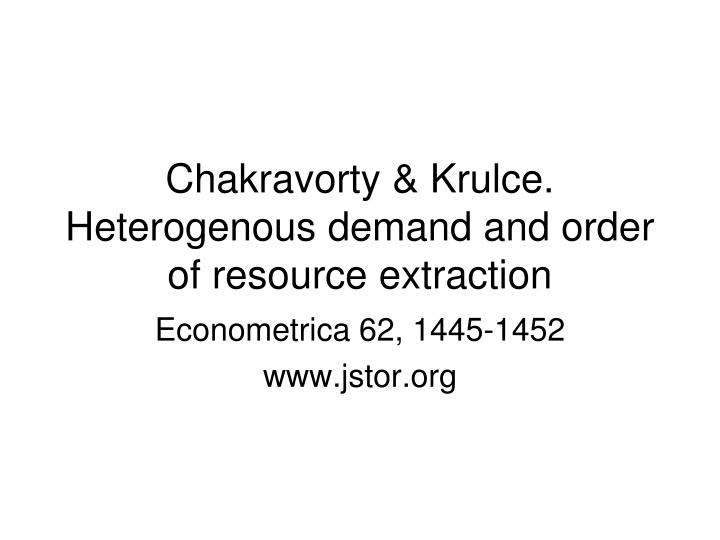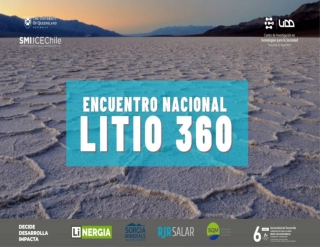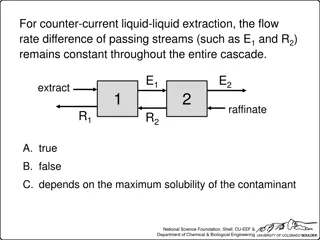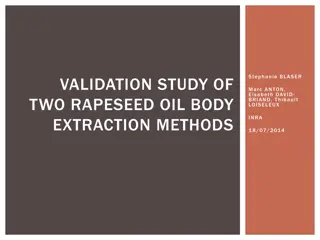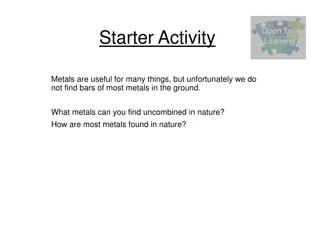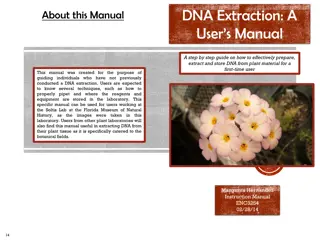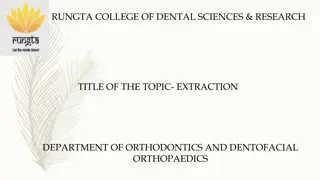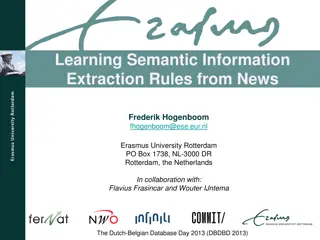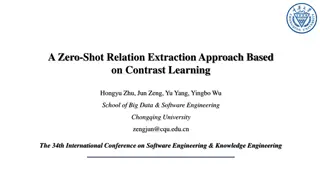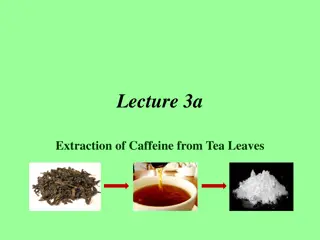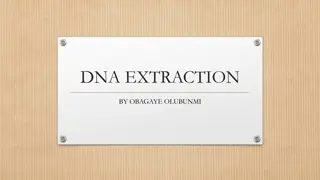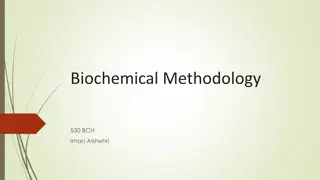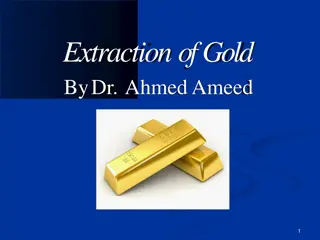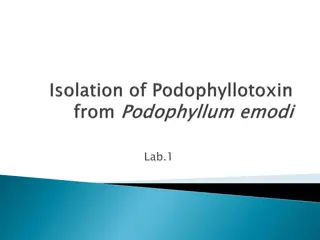Resource Extraction and Market Dynamics
This study explores the allocation of resources based on comparative and absolute advantage in different markets, presenting phases of resource utilization and extraction order. Various scenarios highlight the use of oil and coal in electricity and transport sectors, reflecting the impact of extraction costs on resource selection.
Download Presentation

Please find below an Image/Link to download the presentation.
The content on the website is provided AS IS for your information and personal use only. It may not be sold, licensed, or shared on other websites without obtaining consent from the author.If you encounter any issues during the download, it is possible that the publisher has removed the file from their server.
You are allowed to download the files provided on this website for personal or commercial use, subject to the condition that they are used lawfully. All files are the property of their respective owners.
The content on the website is provided AS IS for your information and personal use only. It may not be sold, licensed, or shared on other websites without obtaining consent from the author.
E N D
Presentation Transcript
Chakravorty & Krulce. Heterogenous demand and order of resource extraction Econometrica 62, 1445-1452 www.jstor.org
Earlier studies Herfindahl (1967), Solow & Wan (1976) ja Lewis (1982): use first resources which have the lowest extraction costs
Two resources, two markets Resources: Oil & Coal, extraction cost of coal higher Markets: Electricity & Transport Electricity can be produced similarly with both resources Oil can be used in transport without transformation costs
Results Phase I: Only oil is used (in both markets) Phase II: Oil for transport, coal for electricity Phase III: Only coal is used
Model max + + + rt [ ( ( ) t ( )) t ( ( ) t ( )) t ( ) t e p q q p q q zq E OE CE T OT CT CT 0 + + ( ( ) t ( )) t c ( ( ) t ( )) t c q q q q OE OT O CE CT C c c O C = ( ) ( ) t ( ) t x t q q st O OE OT = ( ) ( ) t ( ) t x t q q C CE CT
red=oil for energy, magenta=oil for transport, blue=coal for energy, green=coal for transport 50 45 40 35 30 25 20 15 10 5 0 0 5 10 15
More resources Chakravorty, Krulce & Roumasset (2005). Specialization and non-renewable resources: Ricardo meets Ricardo. Journal of Economic Dynamics & Control 29, 1517-1545
Results Allocate resources according to their comparative advantage (difference in costs is smaller) Order of extraction according to their absolute advantage (extraction cost smaller) m X n model, m resources, n markets
Results If a resource has an absolute advantage and there is enough of it only that resource willbe used in phase I If each resource has an absolute advantage in at least one market, then all resources are used at each point in time Only inferior resources are used in the last phase
Taxation Hotelling extraction smaller In a two-sector model coal tax can lead to increase in oil consumption Fuel tax can lead to a switch from oil to coal
Price dynamics Hotelling prices increase with the rate of discount In a two-sector model prices approach each other in time
Chakravorty, Magne & Moreaux A Hotelling model with a ceiling on the stock of pollution Journal of Economic Dynamics & Control 30 (2006) 2875 2904
Background Take into account environmental effects Renewable energy is expensive to produce but its cleaner Exhaustible energy is dirty but cheap Assume a stock constraint for environment, eg a limit for carbon dioxide in the atmosphere
Results Transition to renewable resources may be temporary
Tuloksia Hotelling: exhaustible resource price increases, and at T there is a switch to the backstop-technology Environmental constraint: switch to renewables before running out of eg oil When atmospheric carbon dioxide levels are fallen back below the constraint, it is optimal to start using fossile fuels again
Assumptions One market: energy Two resources: Oil or solar
Model Coal extraction x Solar energy consumption y Utility from energy consumption u(x+y) Emissions z = bx Equation of motion for carbon dioxide: dZ/dt = bx - a - dZ
Optimal control model + rt [ ( ( ) u x t ( )) y t ( ) ( ) ( )] e c x t c a t c y t c a s 0 c c c s = ( ) ( ) x t X t = ( ) ( ) ( ) ( ) Z t bx t a t dZ t
Chakravorty, Moreaux, and Tidball: Ordering the Extraction of Polluting Nonrenewable Resources American Economic Review 2008, 98:3, 1128 1144
Further readings (or articles for essay and presentation) Van der Werf, Edwin, and Sjak Smulders. Climate Policy and the Optimal Extraction of High and Low Carbon Fossil Fuels. Canadian Journal of Economics. flow constraint for the emissions (instead of stock) Canadian Journal of Economics/Revue canadienne d' conomique, Vol. 41, No. 4, pp. 1421-1444, November/novembre 2008
